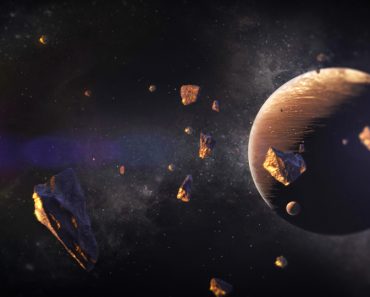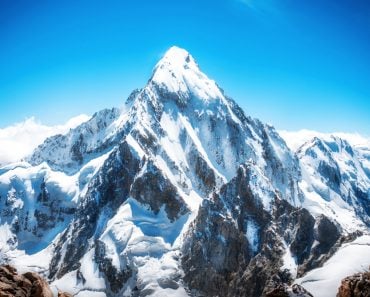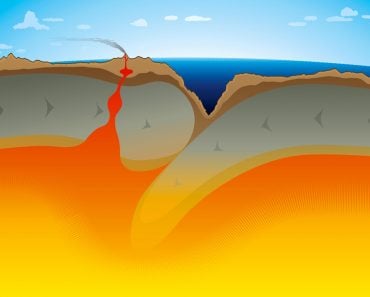Table of Contents (click to expand)
Diamond formation in Africa has been made possible by the presence of kimberlite pipes and tectonic activity.
Diamonds are some of the world’s most valuable minerals, and Africa is the go-to destination for those seeking the most exquisite and valuable gems.
Africa has been dubbed the “dark continent” due to the many mysteries that lie within its sprawling borders. One of the most intriguing mysteries is the continent’s vast wealth of diamonds. Do you know that these diamonds are often referred to as “blood diamonds” because they have resulted in violence and conflict in the lives of countless Africans?
Despite the fact that Africa is rich in diamonds, the continent is economically impoverished, which seems strange…
Have you ever wondered why Africa is so rich in diamonds, more so any other part of the world?

Recommended Video for you:
Africa’s Diamond Richness
Africa is incredibly rich in diamond deposits, with several countries on the continent being major diamond producers. According to estimates, Africa produces about two-thirds of the world’s diamond supply.
Let’s put it this way… consider a large pizza with a variety of toppings, but the majority of the toppings are concentrated on one slice – that slice represents Africa’s diamond deposits.
Botswana, South Africa, Angola, and the Democratic Republic of the Congo are the primary diamond-mining countries on the continent.
Despite the abundance of diamond deposits, diamond mining and trading have frequently been linked to exploitation, conflict, mass killings, and human rights violations. Sadly, all of these are manifestations of the dark side of Africa’s diamond wealth, a grisly history that overshadows the glittering promise of riches.
The Geology Of Africa’s Diamond Riches
The African continent has a vast geological history that has contributed to its diamond richness. Tectonic activity has played a significant role in Africa being so rich in diamonds.
Think of tectonic plates as massive slabs of rock that function as puzzle pieces, constantly and slowly moving and shifting around the planet over time. The tectonic plates that make up Earth’s crust are depicted here. When they collide, it’s like a clash of titans, resulting in breathtaking mountains to rise from the sea and raging volcanoes to explode. But wait… there’s more! These collisions can also create ideal conditions for diamond formation.
Concentrated in southern and central Africa, where tectonic activity has produced ideal conditions for diamond formation, are the continent’s most diamond-rich regions.
Diamonds form deep inside the earth’s mantle, where high temperatures and pressures cause carbon to crystallize into a diamond structure. The diamonds are then transported to the earth’s surface via kimberlite pipes, which are volcanic pipes that transport magma and diamonds to the surface.
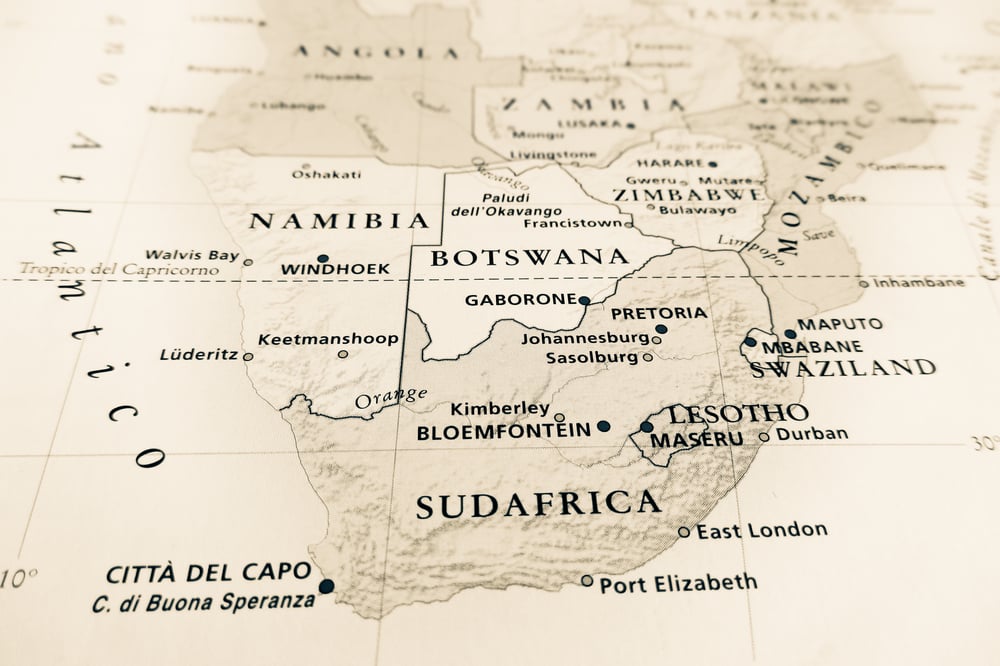
Kimberlite Pipes And Diamond Formation
Kimberlite pipes are the world’s primary source of diamonds, and they are plentiful in Africa. Kimberlites are volcanic rocks rich in magnesium, potassium, and other elements necessary for diamond formation. When magma from deep within the Earth rises up through the crust and erupts on the surface, these pipes form.
Diamonds form deep within the Earth’s mantle, where the pressure and temperature are ideal for their formation. When kimberlite magma erupts, it brings diamonds to the surface along with it. Diamond deposits are formed when these diamonds are subsequently deposited in the surrounding rock.
Diamond formation is similar to baking a cake. The earth’s mantle is analogous to an oven, while carbon-rich magma is analogous to cake batter. The high temperatures and pressures within the earth’s mantle are analogous to oven heat, causing carbon to crystallize into diamonds the same way that cake batter solidifies into a cake.
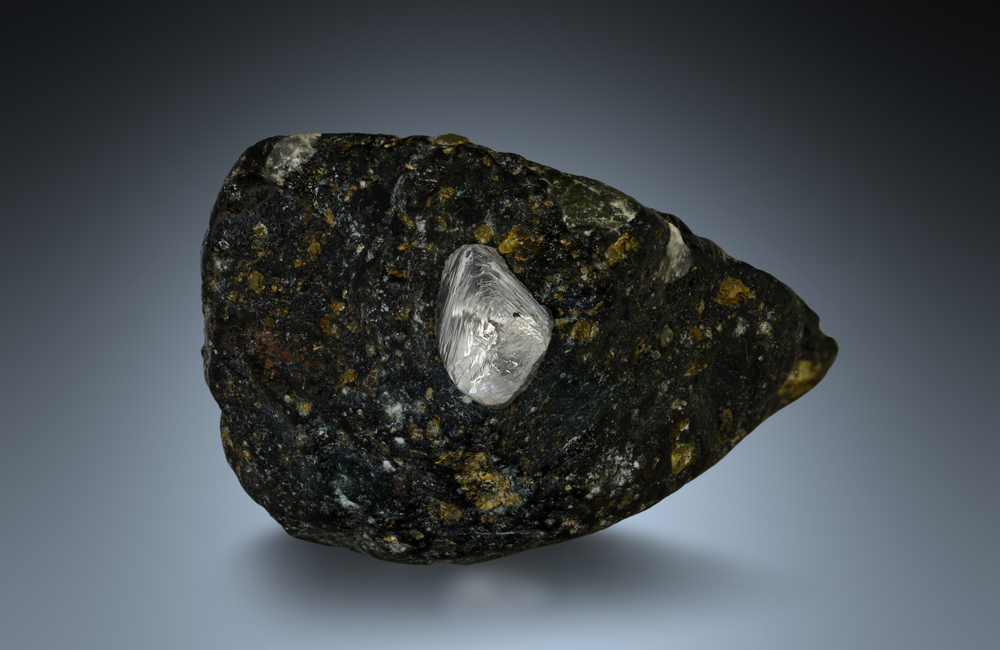
Kimberlite pipes work similarly to oven doors, in that they bring diamonds to the surface in the same way that an oven door opens so we can remove a cake from the oven.
Erosion and weathering wear away the surface layers over millions of years, eventually exposing the diamonds. The diamonds are then mined and processed, resulting in the stunning gemstones known and loved around the world.
Conclusion
It’s incredible that Africa is so rich in diamonds. It is as if the continent itself was bestowed upon us as a gift from the earth. The earth has decorated Africa with diamonds in the same way that a baker might decorate a cake with icing. These valuable gemstones are symbols of beauty and wealth, as well as proof of the complexities of geological processes.
Despite Africa’s incredible diamond wealth, poverty remains a reality for far too many. It’s the equivalent of having a stunning diamond necklace, but being unable to afford food or shelter. However, it is critical to understand that the diamonds themselves are not the issue. The issue is the greed and violence displayed by those who exploit them.
Africa’s diamond wealth is the result of millions of years of complex geological processes that have shaped the continent. While the exploitation of these diamonds has resulted in conflict and poverty, we must acknowledge the natural beauty and wonder of the geological processes that created them. Diamonds are a symbol of the incredible power and complexity of the earth’s natural processes, but the human cost to procure them must not be forgotten.
References (click to expand)
- M Field. (2008) Kimberlite-hosted diamond deposits of southern Africa. ScienceDirect
- S Flury. (2016) Controls on subsurface methane fluxes and shallow gas .... ScienceDirect
- Kjarsgaard, B. A., de Wit, M., Heaman, L. M., Pearson, D. G., Stiefenhofer, J., Janusczcak, N., & Shirey, S. B. (2022, July 1). A Review of the Geology of Global Diamond Mines and Deposits. Reviews in Mineralogy and Geochemistry. Mineralogical Society of America.
- DIETRICH, C. (2001, January). Blood Diamonds. African Security Review. Informa UK Limited.
- Wit, M. de ., Bhebhe, Z., Davidson, J., Haggerty, S. E., Hundt, P., Jacob, J., … Ward, J. (2016, June 1). Overview of Diamond Resources in Africa. Episodes. International Union of Geological Sciences.
- Global Rough Diamond Production Since 1870 | Gems & .... Gemological Institute of America


